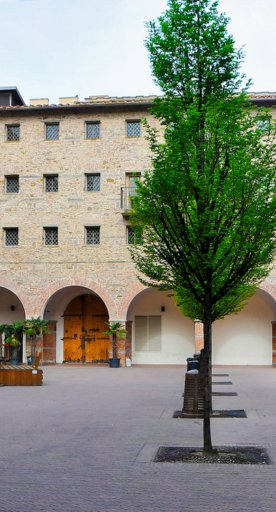National Archaeological Museum of Florence
Valuable Etruscan, Roman and Egyptian artifacts on display
The National Archeological Museum of Florence, located in Florence’s Palazzo della Crocetta, dates to the age-old art collections of the Medici and Lorraine families. The structure displays treasured Etruscan and Roman artifacts from archeological excavation in Tuscany, not to mention its beautiful Egyptian and Greek collections.
The museum’s central thread concerns the Etruscans: the topic was of much interest to Cosimo the Elder de’ Medici in the 14th century, but it wasn’t until Cosimo I that the current collections were assembled, later expanded by his successors (including Cardinal Leopold).
Here, you can admire the Chimera of Arezzo, one of the most famous works of Etruscan art, a mythological bronze figure found near Arezzo in 1553. And don’t miss the Arrigantore, a statue dating to the 1st century that presents an Etruscan nobleman dressed in a Roman toga. This statue was also found in the 16th century near Lake Trasimeno. The museum also houses the Etruscan bronze Minerva of Arezzo, the Greek Sarcophagus of the Amazons and Larthia Seianti’s sarcophagus, a colored terracotta work from Chiusi displaying a noblewoman as she adjusts her veil.
Besides these famous pieces, dont' miss the museum’s wealth of gold jewelry and garden, a space featuring Etruscan tomb reproductions, including the Inghirami tomb in Volterra vaunting its original alabaster urns.
On the palace’s first floor is the Egyptian Museum, part of the Archeological Museum. The second-largest Egyptian collection in Italy, after Turin; it displays vases, portraits, bas-reliefs (such as a piece featuring the goddess Maat), goblets, sarcophagi, statuettes and an array of objects from everyday life.
Note: the Uffizi ticket allows free access to the Archaeological Museum within 5 days from the date of visit to the Uffizi.
Information on accessibility: feelflorence.it










